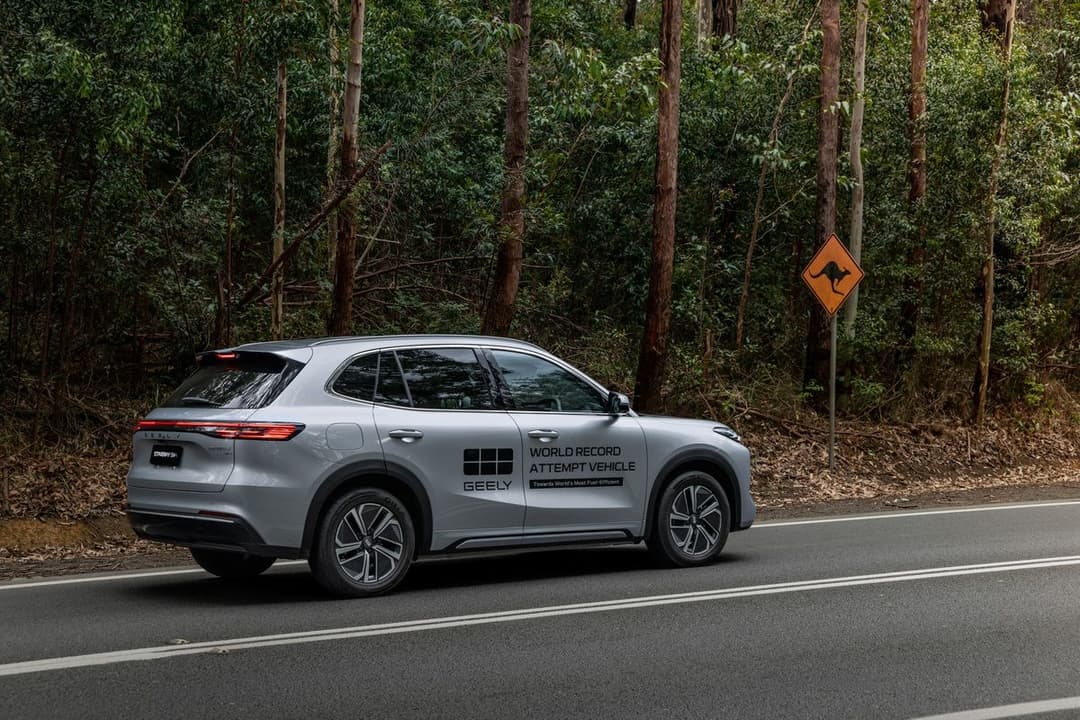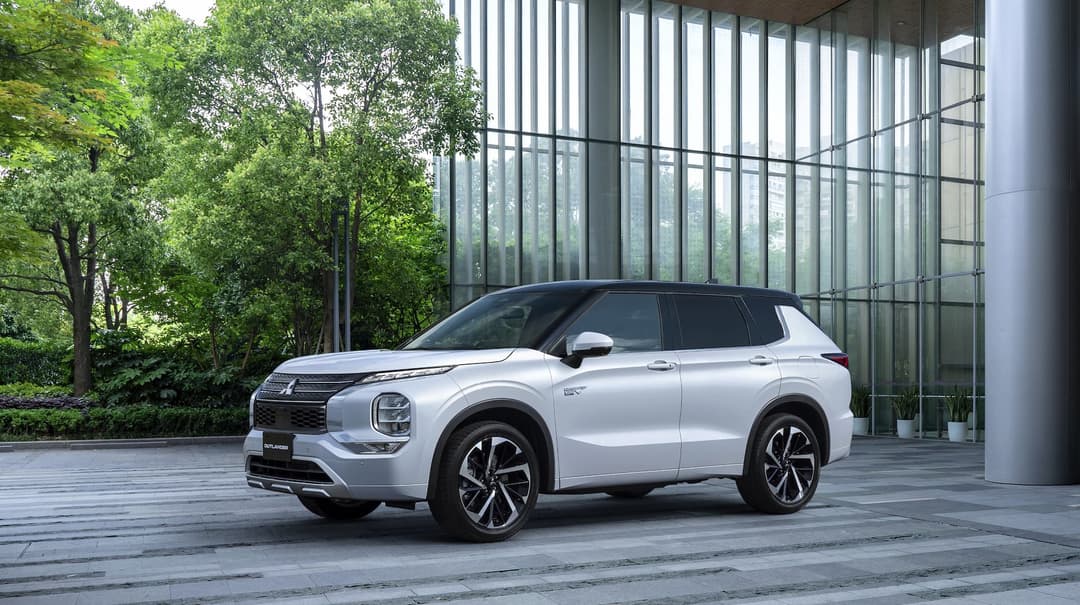
Demand for Plug-in hybrid electric vehicles (PHEV) are growing at a record pace since the start of 2025.
The three main types of electric vehicles (EVs) are:
- Battery-electric vehicles (BEV)
- Plug-in hybrid electric vehicles (PHEV)
- Hydrogen fuel-cell vehicles (FCEV)
This list will focus on the plug-in-hybrid electric cars available in Australia as of December 2025.
➡️MORE: What is the difference between BEV vs PHEV vs HEV cars?
🔍SEARCH: Electric Car Database
Which PHEV models are available in Australia in 2025?
As of December 2025 there are over 65 different PHEV models available in Australia.
▶️MORE: Best Plug-in Hybrid Electric Cars in Australia (2025)
PHEV Database
What is a plug-in hybrid electric vehicle (PHEV)?
A plug-in hybrid electric (PHEV) car uses energy from a battery to power electric motor(s) and petrol to power an internal combustion engine (ICE).
The electric motor can drive the car independently in most situations for emissions-free driving, though it often works with the engine to save fuel, improve performance, and enable longer range.
PHEV batteries can be charged from a standard power socket, EV charger (often AC only) or regenerative braking. Once the battery is depleted the car will automatically switch to the ICE engine.

Best-selling PHEV models in 2025 (so far)
Australia has hit a major milestone in the transition to cleaner transportation, with more than 300,000 electric vehicles (EVs) and plug-in hybrid electric vehicles (PHEVs) now registered nationwide.
According to the latest Electric Vehicle Council (EVC) figures, this total includes over 248,000 EVs and 53,500 PHEVs.
Below are the best selling PHEV models as at 30 June 2025.
| Model | YTD Unit Sales |
| BYD Shark 6 | 10,424 |
| BYD Sealion 6 | 4375 |
| Mitsubishi Outlander PHEV | 2961 |
| GWM Haval H6 PHEV | 1172 |
| Mazda CX-60 P50e | 765 |
| Mazda CX-80 P50e | 756 |
| Mitsubishi Eclipse Cross PHEV | 729 |
| BMW X3 30e xDrive | 445 |
| Kia Sorento GT-Line PHEV | 400 |
| Jaecoo J7 SHS | 275 |
| Audi Q5 TFSIe | 234 |
When does a PHEV make sense?
Day-to-day short commutes
The average electric-only range of today's PHEVs is ~70 km. This is enough to comfortably cover the average daily distance driven in Australia – 37 km. In fact, all but one PHEV model on the list are able to cover this distance.
The battery and electric motors in a PHEV provide the benefits of electric cars (cheap energy, quiet driving and strong performance) for most regular daily commutes.
The ICE engine provides additional range and alleviates range anxiety. It also gives owners the option of taking longer trips without the inconvenience of extended charging times.
Less efficient than its ICE and BEV equivalents
Because a PHEV contains both engine and electric, it is more heavier and inefficient than its equivalents when operating in pure electric or engine-only mode respectively.
As per the example below, the efficiency of the Kia Niro PHEV is lower than the BEV version; however, it is still able to deliver the aforementioned benefits.
Convenient access to charging
Buyers of PHEV are typically looking to cover their day-to-day commute using the electric range. The smaller battery of a PHEV means you are likely to deplete the capacity regularly.
To ensure regular use of the all-electric range, you will ideally need convenient access to a charging outlet (home or workplace) as you'll need to be recharging regularly.

What government incentives are available for PHEVs?
Federal Government PHEV Incentives
PHEVs fell under the definition of zero or low emission vehicles. The Fringe Benefits Tax (FBT) exemption for plug-in hybrid vehicles expired on April 1, 2025
State Government PHEV Incentives
The Northern Territory government is the only state/territory government to provide financial incentives for PHEV purchases. You can read more about them in our ultimate EV incentives guide.
PHEV FAQs
About the author
Stay up to date with the latest EV news
- Get the latest news and update
- New EV model releases
- Get money savings-deal

